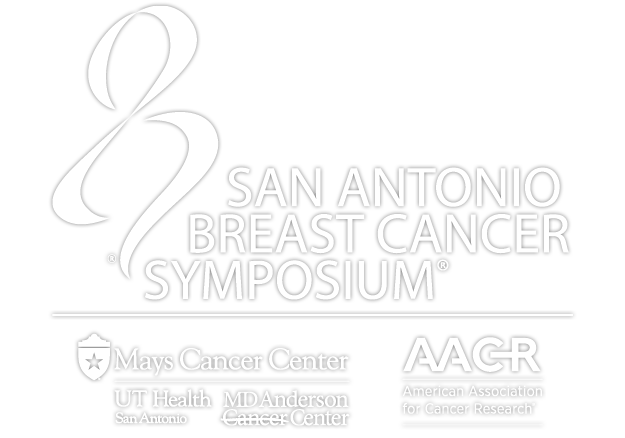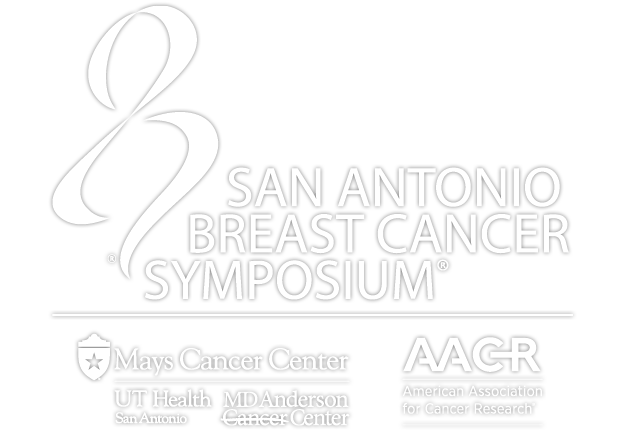WHAT CTDNA CAN TELL US
Thursday, December 8 • 3:00 pm – 5:00 pm CT • Stars at Night Ballroom 3&4

Presentation: Using ctDNA in detecting disease
Minetta C. Liu, MD
Chief Medical Officer, Oncology, Natera, Inc.
Research Collaborator, Mayo Clinic
What is your presentation about?
I have the privilege of presenting in an Educational Session dedicated to the role of circulating tumor DNA (ctDNA) in breast cancer management. Recent technological advances allow for the detection of rare tumor-specific molecules in the peripheral blood, and clinical observations indicate a strong correlation between the presence of ctDNA and long-term clinical outcomes. My discussion will focus on the potential utility of ctDNA detection as: (1) a biomarker for molecular residual disease (MRD) and molecular relapse in early-stage breast cancer; and (2) an adjunct to standard-of-care methods for early detection (e.g., mammography) for breast cancer screening.
What makes this topic important in 2022?
The potential for ctDNA testing to transform cancer care is increasingly clear. However, in order to render such testing a reality, health care providers and patients alike need to understand how the various assays differ in underlying technology, level of evidence, and clinical application. This SABCS Educational Session serves to provide a concise overview of “What ctDNA Can Tell Us” across the continuum of breast cancer care, including diagnosis, treatment decision making, treatment monitoring, and surveillance for recurrence.
How/why did you become involved with this area of breast cancer research or care?
My clinical and research career started in therapeutics, but I was drawn into the world of molecular diagnostics with the rapid evolution of genomics, individualized medicine, and precision cancer care. Genomic testing historically required the availability of tissue collected through surgical resection or needle biopsies, both of which are associated with expense and patient discomfort. We now have the ability to reliably detect tumor-derived material through the blood, which leads to the possibility of repeat assessments of molecular disease status to complement and/or guide anatomic imaging. Such real-time testing is paradigm shifting. I could not resist the opportunity to contribute to novel test development and evidence generation to support clinical utility, and it is a privilege to work in this space.



